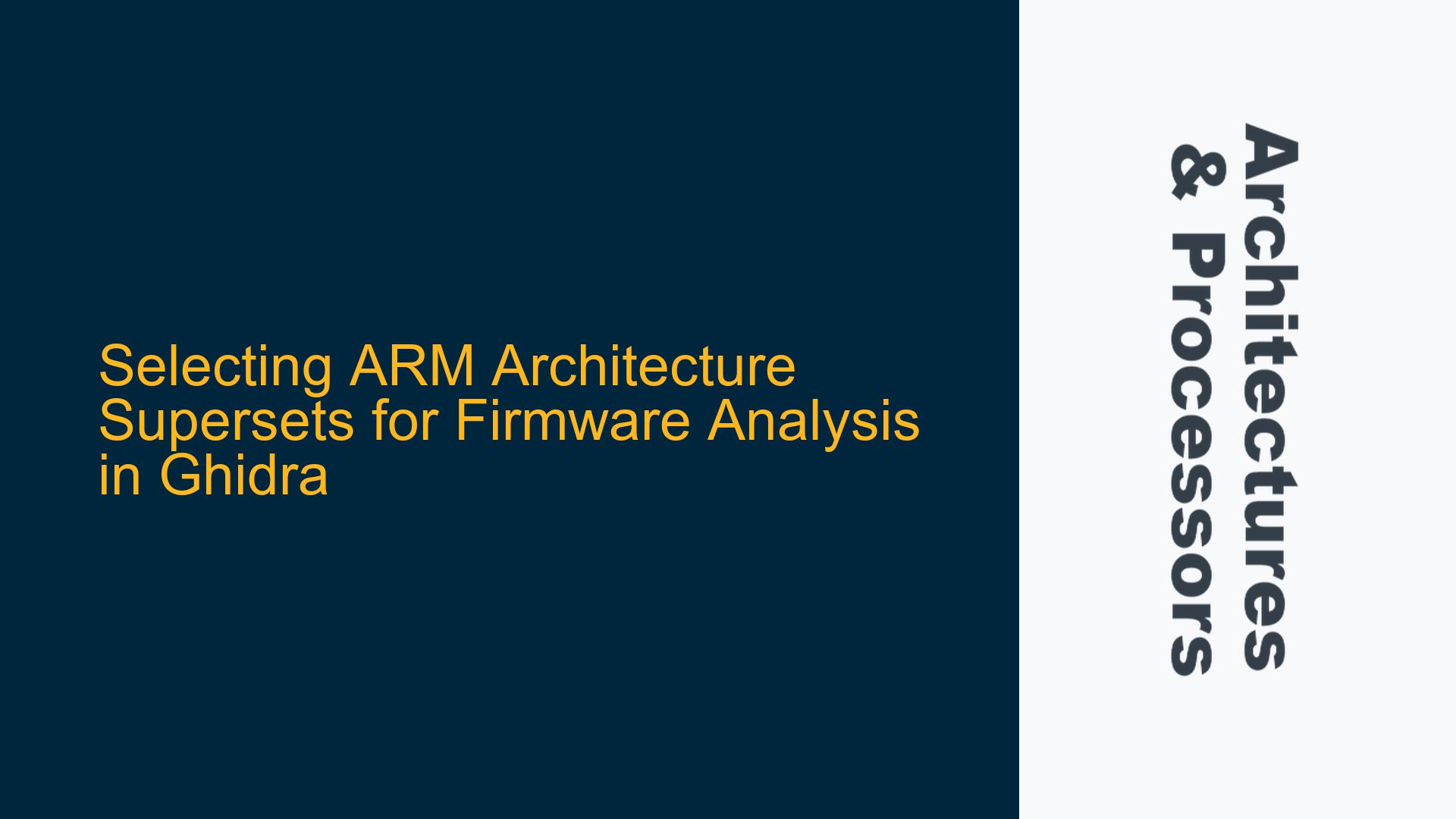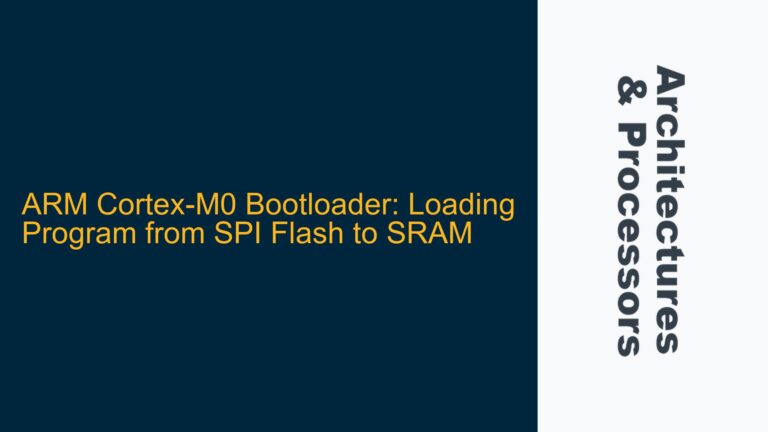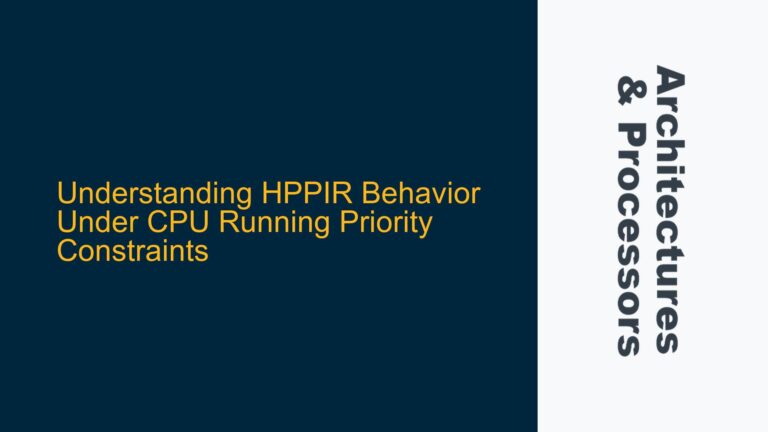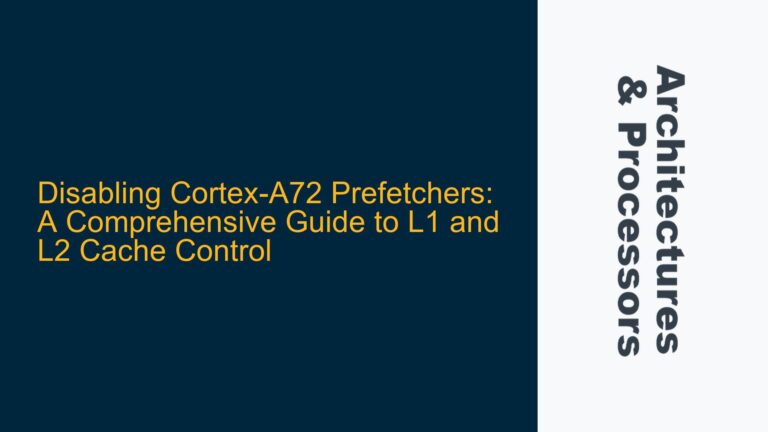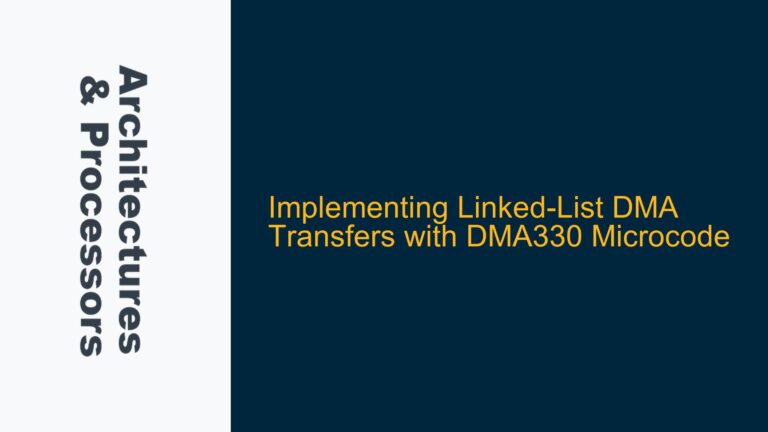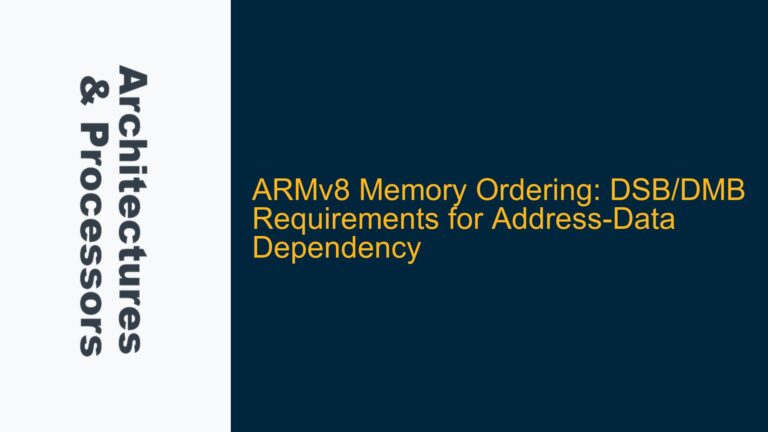ARMv7 and ARMv8 Firmware Analysis: Choosing the Right Architecture Variant in Ghidra
When reverse-engineering ARM firmware, one of the most critical steps is selecting the appropriate architecture variant for disassembly and analysis in tools like Ghidra. This decision directly impacts the accuracy of the disassembled code, the recognition of processor-specific instructions, and the overall success of the analysis. The challenge lies in determining the most comprehensive architecture variant that encompasses the largest superset of features and instructions, especially when dealing with unknown binaries. This guide delves into the nuances of ARMv7 and ARMv8 architectures, their variants, and the implications of selecting specific configurations in Ghidra.
ARMv7 Architecture Variants: Cortex vs. Generic
ARMv7 is a 32-bit architecture that comes in several variants, each with distinct features and capabilities. The primary variants include ARMeb, ARMel, and ARMhf, which differ in their endianness and support for extensions like VFP (Vector Floating Point) and Thumb-2. When importing ARMv7 binaries into Ghidra, the choice between a generic ARM/Thumb v7 variant and a Cortex variant is crucial.
The generic ARM/Thumb v7 variant is a baseline configuration that supports the core ARMv7 instruction set without any processor-specific extensions. It is suitable for binaries that do not utilize advanced features or instructions specific to Cortex processors. On the other hand, the Cortex variant is tailored for ARMv7 processors within the Cortex family, which includes popular cores like Cortex-A, Cortex-R, and Cortex-M. These processors often introduce additional instructions and features that are not part of the generic ARMv7 specification.
For example, Cortex-M processors include Thumb-2 technology, which combines 16-bit and 32-bit instructions to improve code density and performance. Cortex-A processors, designed for applications requiring high performance, may include advanced SIMD (Single Instruction, Multiple Data) extensions like NEON. By selecting the Cortex variant in Ghidra, you ensure that any processor-specific instructions present in the firmware are correctly recognized and disassembled.
However, the choice between generic and Cortex variants is not always straightforward. The Cortex variant implies a specific ARMv7 profile, which may differ from the profile used in the generic variant. ARMv7 profiles include the Application profile (A), Real-time profile (R), and Microcontroller profile (M). Each profile supports a different set of features and instructions, and selecting the wrong variant could lead to incomplete or incorrect disassembly.
For instance, if the firmware is designed for a Cortex-M processor but is analyzed using the generic ARMv7 variant, any Thumb-2 instructions or Cortex-M-specific features may be missed. Conversely, using the Cortex variant for a binary that does not utilize Cortex-specific instructions may introduce unnecessary complexity without providing additional insights. Therefore, it is essential to consider the target processor and its profile when selecting the architecture variant in Ghidra.
ARMv8 Architecture Variants: AArch64 and ILP32
ARMv8 introduces the 64-bit architecture, known as AArch64, which brings significant changes compared to ARMv7. AArch64 is designed for high-performance applications and supports a larger address space, enhanced security features, and new instruction sets. When importing ARMv8 binaries into Ghidra, the primary considerations are endianness and the choice between the generic AArch64 variant and the ILP32 variant.
AArch64 binaries in Ghidra are typically little-endian for instructions, but the endianness of data can vary. This distinction is crucial for accurate disassembly, as mixing up instruction and data endianness can lead to misinterpretation of the binary. For most ARMv8 firmware, the default AArch64 little-endian variant is appropriate, as it aligns with the common usage of ARMv8 in embedded systems and mobile devices.
The ILP32 variant, on the other hand, uses a 32-bit ABI (Application Binary Interface) on a 64-bit architecture. This variant is less common and is typically used in specific scenarios where memory efficiency is critical, and the full 64-bit address space is not required. While the ILP32 variant can be useful for certain firmware, it is generally advisable to start with the generic AArch64 variant and only switch to ILP32 if the analysis reveals compatibility issues.
One of the challenges with ARMv8 is the lack of explicit endianness information in the binary. Unlike ARMv7, where endianness is often specified, ARMv8 binaries may not provide clear indicators. This ambiguity can complicate the analysis, especially when dealing with mixed-endian systems where instructions and data have different endianness. In such cases, it may be necessary to experiment with different endianness settings in Ghidra to determine the correct configuration.
Data Synchronization and Cache Management in ARM Architectures
A critical aspect of ARM firmware analysis is understanding the role of data synchronization and cache management. ARM architectures, particularly ARMv7 and ARMv8, rely heavily on caches to improve performance. However, this reliance introduces challenges related to cache coherency, especially during DMA (Direct Memory Access) transfers or when dealing with self-modifying code.
In ARMv7, cache coherency issues often arise when data is modified by one processor core or peripheral without invalidating the cache on other cores. This can lead to stale data being used, resulting in incorrect analysis or execution. To mitigate these issues, ARMv7 provides data synchronization barriers (DSB) and instruction synchronization barriers (ISB) that ensure proper ordering of memory operations. When analyzing firmware, it is essential to identify and account for these barriers to ensure accurate disassembly and interpretation of the code.
ARMv8 introduces more sophisticated cache management mechanisms, including the ability to control cacheability and shareability attributes at the page level. These features provide greater flexibility but also increase the complexity of firmware analysis. For example, mismanagement of cache attributes can lead to subtle bugs that are difficult to detect without a deep understanding of the architecture.
When analyzing ARMv8 firmware, it is crucial to consider the impact of cache management on the disassembly process. Incorrect cache settings can result in missed instructions or misinterpretation of data, particularly in systems with multiple cores or complex memory hierarchies. Tools like Ghidra can help identify potential cache-related issues by highlighting memory access patterns and synchronization points.
Practical Recommendations for ARM Firmware Analysis in Ghidra
To ensure accurate and comprehensive analysis of ARM firmware in Ghidra, follow these practical recommendations:
-
Start with the Cortex Variant for ARMv7: Given the prevalence of Cortex processors in ARMv7-based systems, the Cortex variant is generally the best starting point. It provides the broadest support for processor-specific instructions and features, reducing the risk of missing critical details during disassembly.
-
Experiment with Endianness for ARMv8: Since ARMv8 binaries may not explicitly specify endianness, it is advisable to try both little-endian and big-endian configurations in Ghidra. Pay particular attention to data sections, as incorrect endianness can lead to misinterpretation of constants and data structures.
-
Consider ILP32 for Specific ARMv8 Use Cases: While the generic AArch64 variant is suitable for most ARMv8 firmware, the ILP32 variant may be necessary for binaries targeting memory-constrained environments. If initial analysis suggests compatibility issues, switch to the ILP32 variant and reassess.
-
Account for Cache and Synchronization Mechanisms: When analyzing firmware, be mindful of cache coherency and data synchronization issues. Look for DSB and ISB instructions in ARMv7, and examine cacheability attributes in ARMv8. These elements play a crucial role in ensuring accurate disassembly and interpretation of the code.
-
Leverage Architecture Detection Tools: Tools like cpu_rec can provide valuable insights into the architecture and endianness of unknown binaries. Use this information to inform your choice of architecture variant in Ghidra, but remain open to adjusting the configuration based on the analysis results.
By following these guidelines, you can maximize the effectiveness of your ARM firmware analysis in Ghidra, ensuring that you capture the full range of features and instructions present in the binary. This approach not only enhances the accuracy of your disassembly but also provides a solid foundation for further analysis and debugging.
